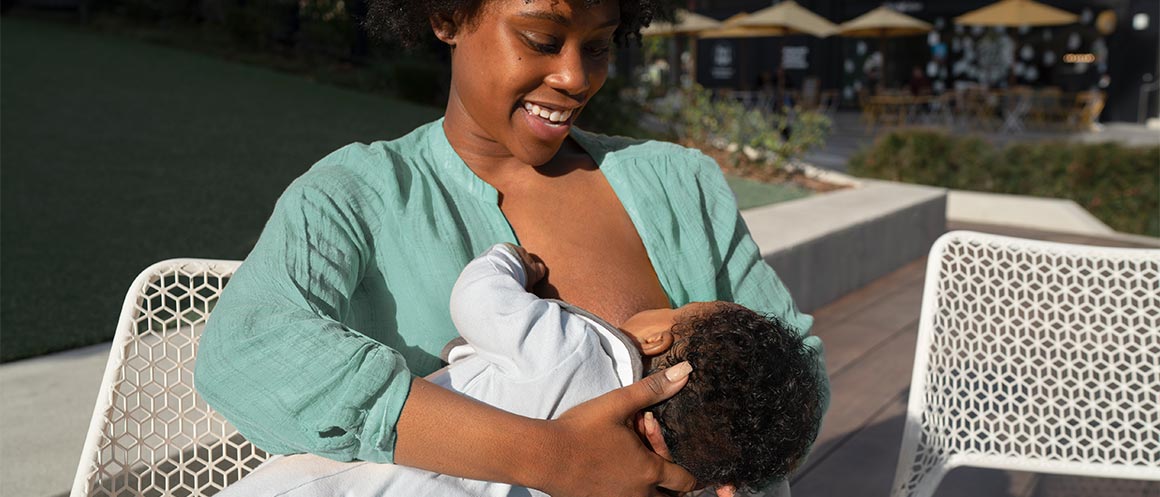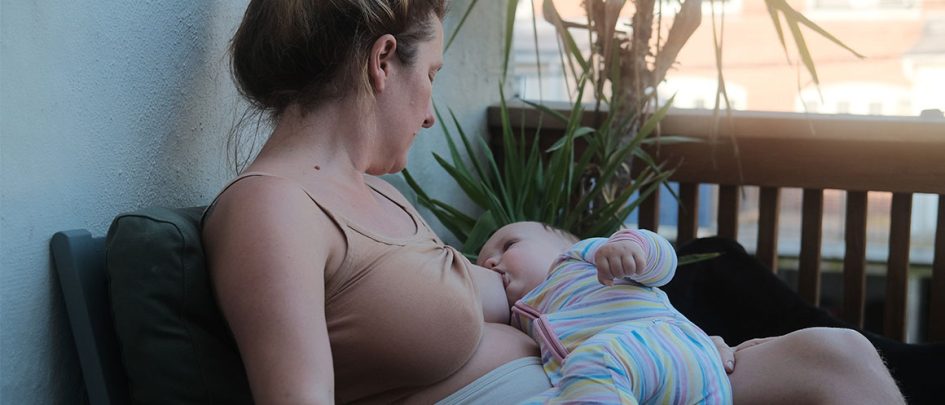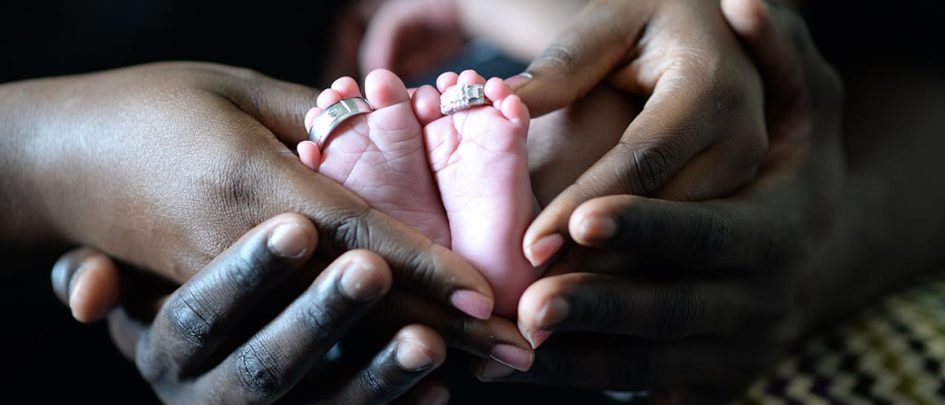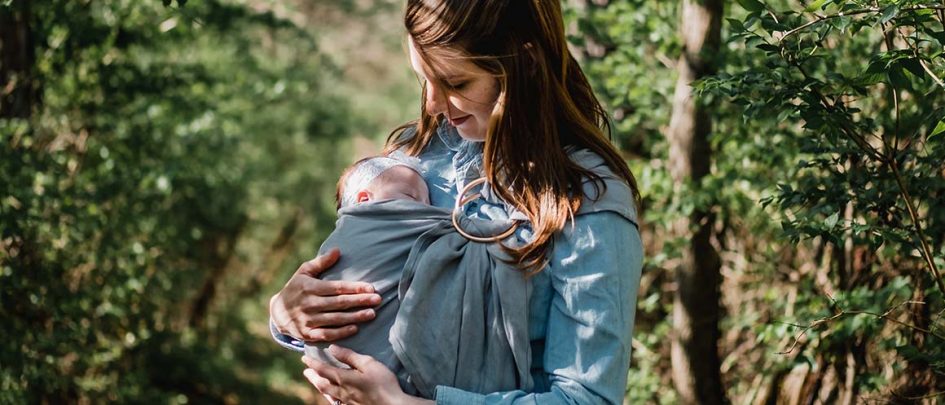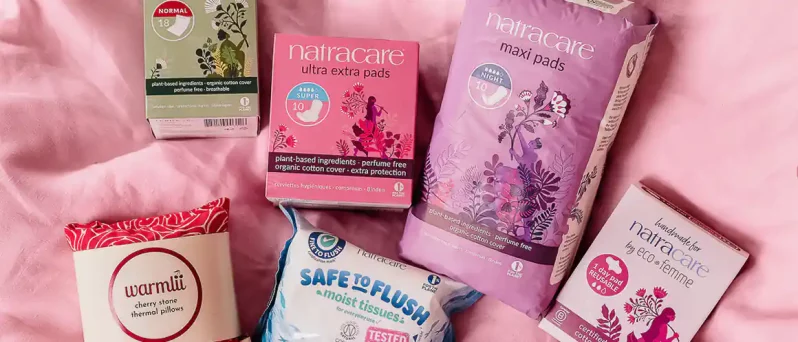Welcoming your baby’s arrival can be a wonderful and joyous time, but it can also be overwhelming and full of questions, especially if you’re breastfeeding for the first time. There are lots of things that nobody tells a first time mum!
According to the Centers for Disease Control and Prevention (CDC), over 80% of lactating parents breastfeed at some stage in their child’s life but there’s still an element of mystery around what your breastfeeding journey will be like.
Whether it’s your first-time breastfeeding, or if you simply want to learn more, here’s what you may not already know about nursing.
-
Breastfeeding burns up to 500-700 calories per day
Many lactating parents express how their hunger changed whilst feeding their baby and there’ is a cause for this – exclusively breastfeeding can burn up to 500 – 700 calories per day.
Even though it may be tricky to allow yourself time to eat whilst breastfeeding, it’s important to up your calorie intake during this time to support the milk production process and stay healthy.
So, make sure you have lots of your favourite snacks to hand during feeds, you’ll need the fuel!
-
Breast leaks can be caused by many factors
In the early days, breast leaks are very common amongst nursing parents. The process that causes milk release (the let-down reflex) is continually adjusting to the sensation of your baby at the breast throughout their first few months of life.
Many things can trigger this reflex including hearing your (or another baby) crying, an oversupply of milk, going longer than usual between feeds or even sexual arousal.
The good news is that you can use nursing pads during this time to protect your clothing and your nipples too. Just make sure you change your breast pads every 3-4 hours if dry or as soon as they get damp to avoid any irritation to the breast.
-
Breast milk can turn a variety of different colours
Our milk can turn all colours of the rainbow based on diet, cracked nipples, or how it’s been stored. So if your breast milk looks a little different, don’t be alarmed – it’s completely normal and the milk can still be consumed by your child.
According to La Leche League International, the following colours of breast milk have likely causes:
- Orange – diets containing high consumption of yellow or orange vegetables such as carrots or sweet potatoes can cause high levels of carotene within your milk, leading it to become orange in colour.
- Pink – can indicate blood within the milk, sometimes caused by cracked nipples or mastitis.
- Yellow – breast milk can sometimes turn yellowish after it has been frozen
-
Milk supply changes based on demand
Did you know that the more frequently your breasts are emptied via breastfeeding or pumping, the more breast milk your body will naturally produce? This process is called supply and demand.
The Feedback Inhibitor of Lactation controls the supply and demand process, signalling to the mammary glands to produce more milk once the breasts are emptied, or less milk if they’re full.
-
One breast can produce more milk than the other
If you’re finding that you have a ‘slacker boob’ or ‘lazy boob’, you’re not alone! As we all know, breasts come in all kinds of shapes and sizes – the same goes for milk ducts. One breast may contain more milk ducts, meaning that it will produce more milk.
So, if your little one favours a particular breast and feeds more frequently from it, this breast will in turn create more milk. There are methods that can prevent this, such as switching breasts during feeds to ensure they both get the indication to produce more milk.
Soft and Natural
Nursing Pads
Find your nearest store
